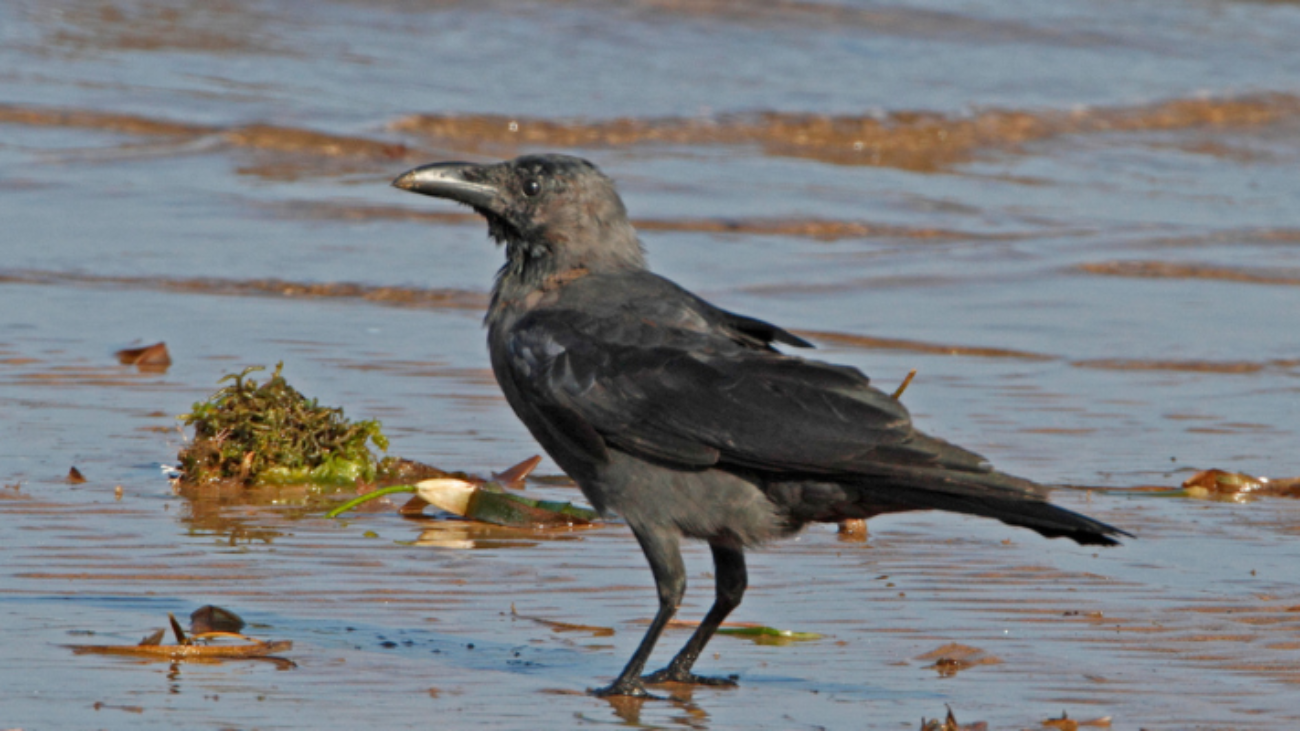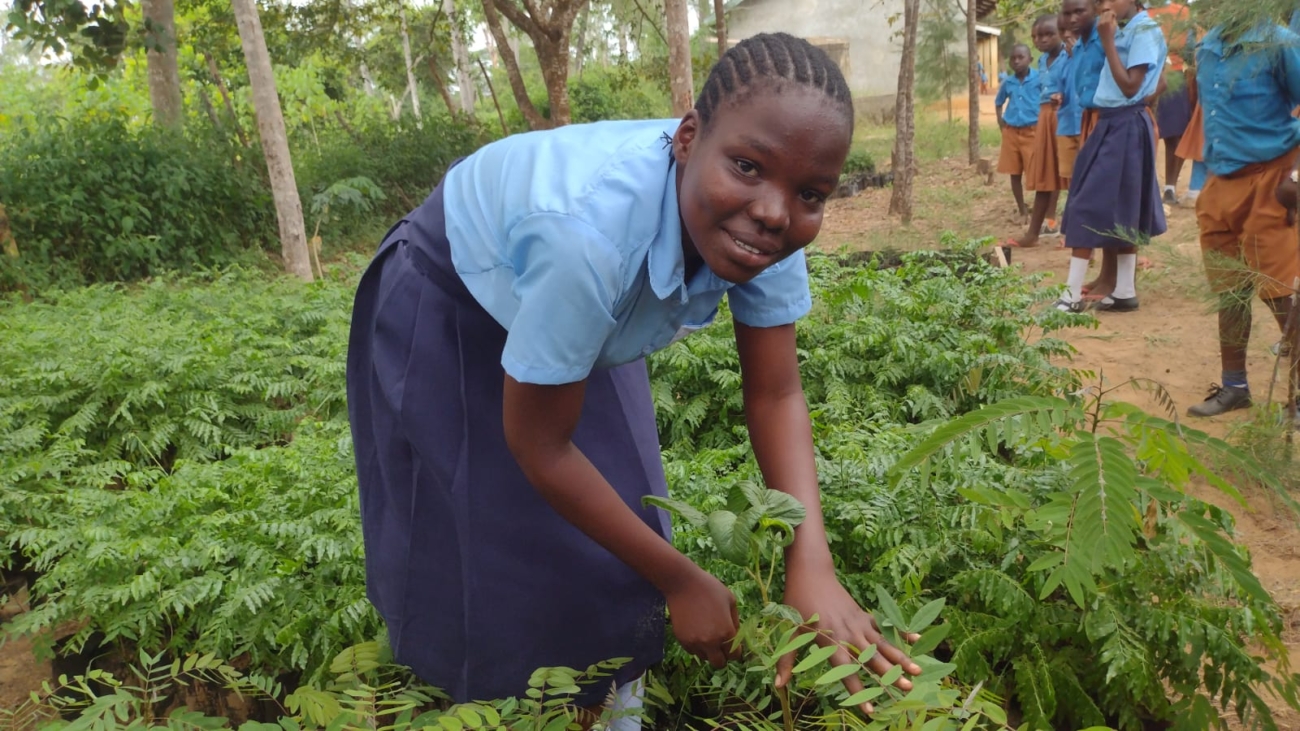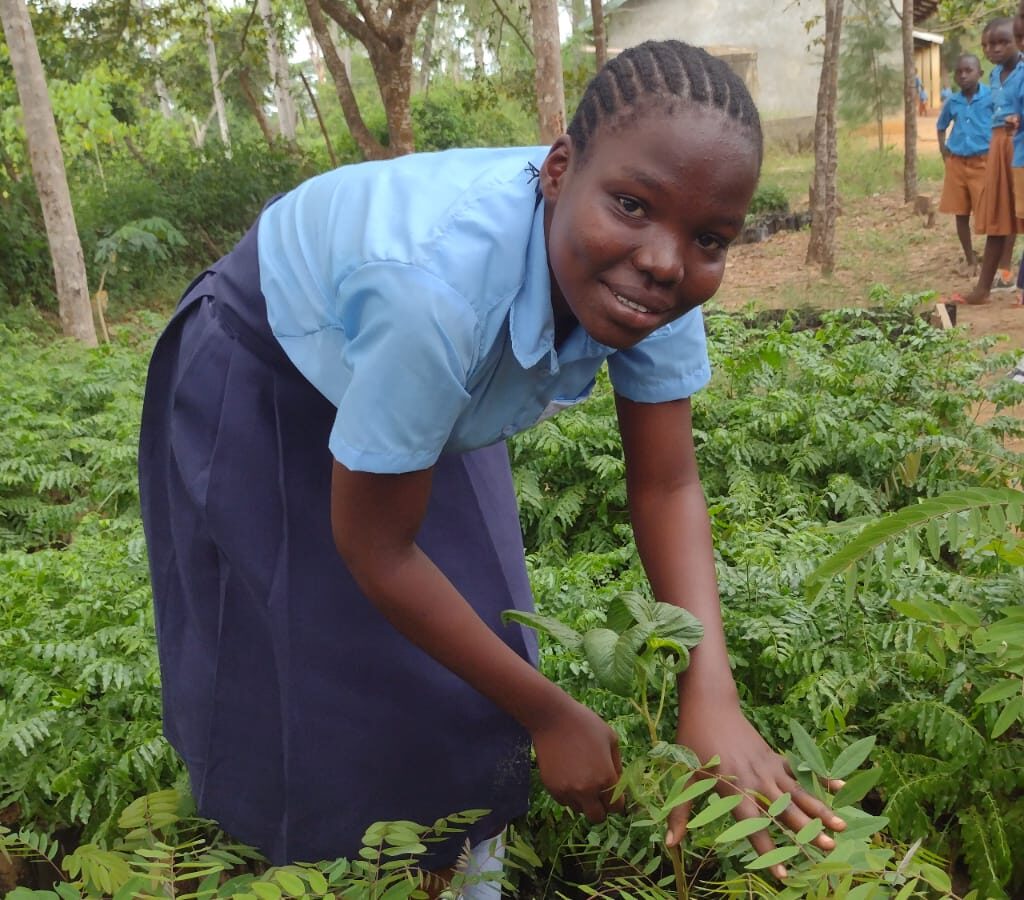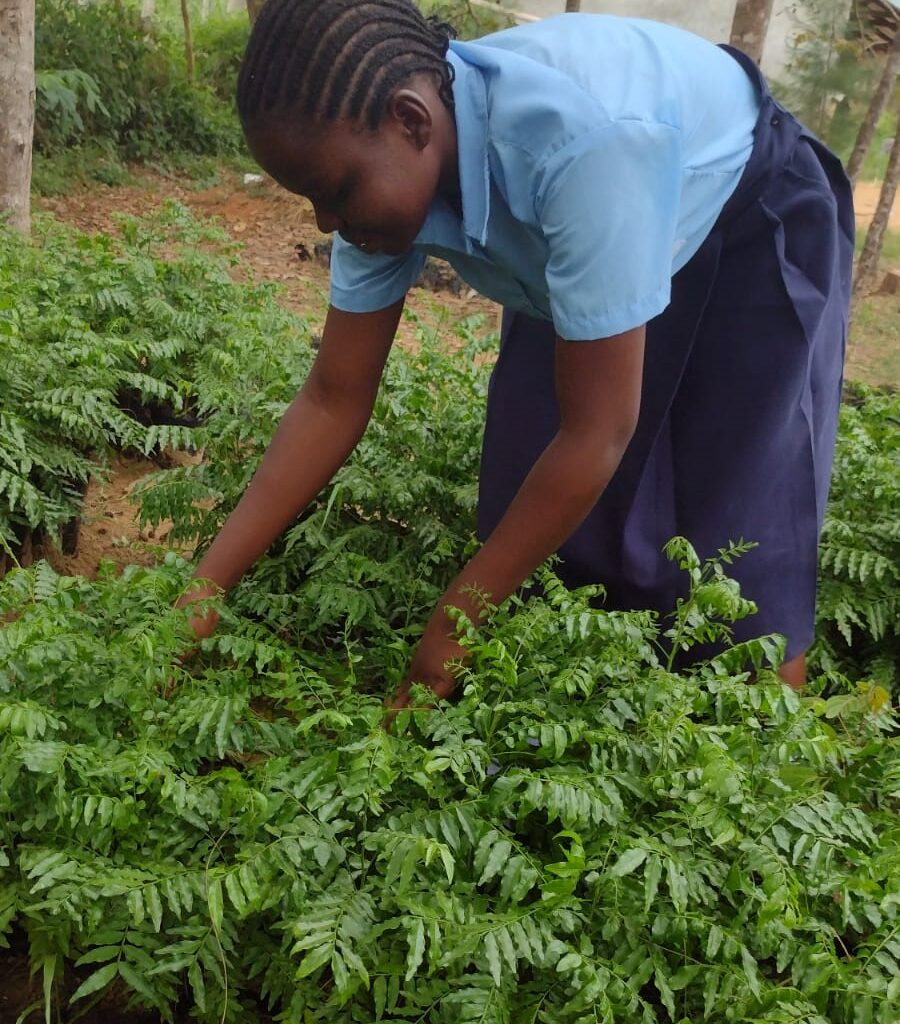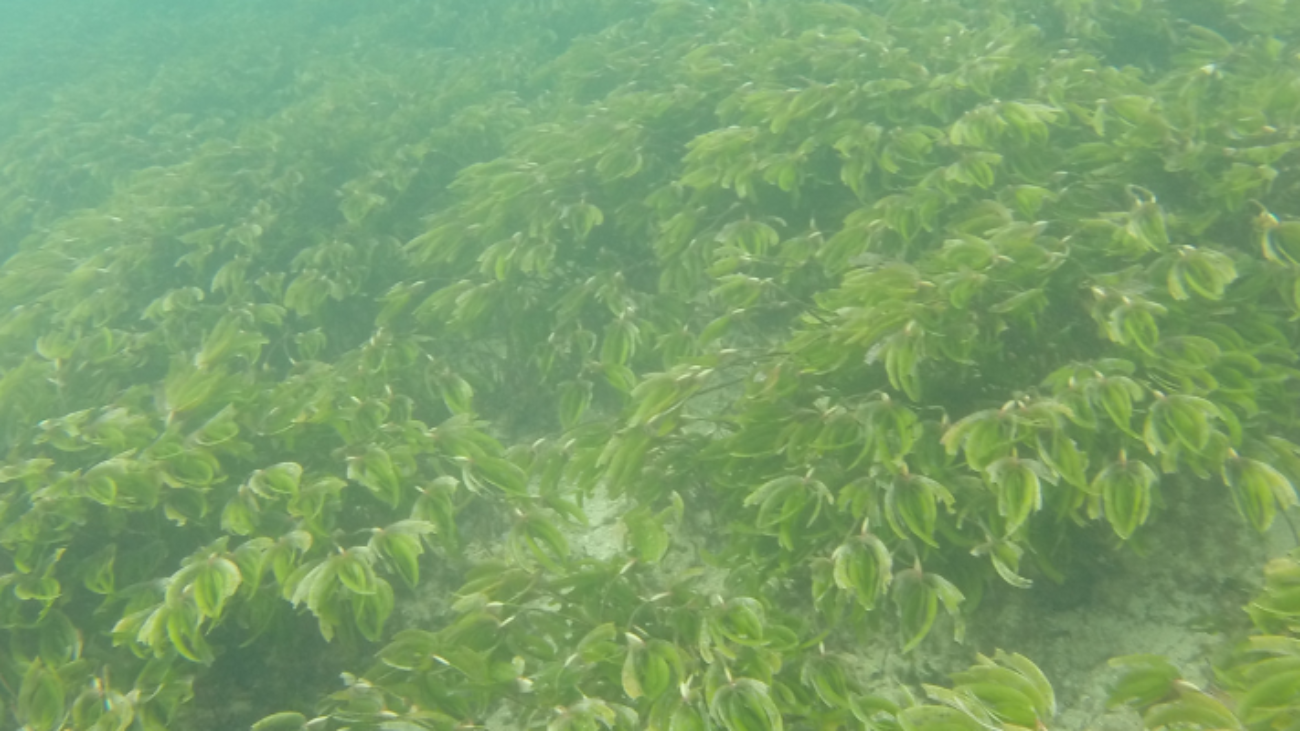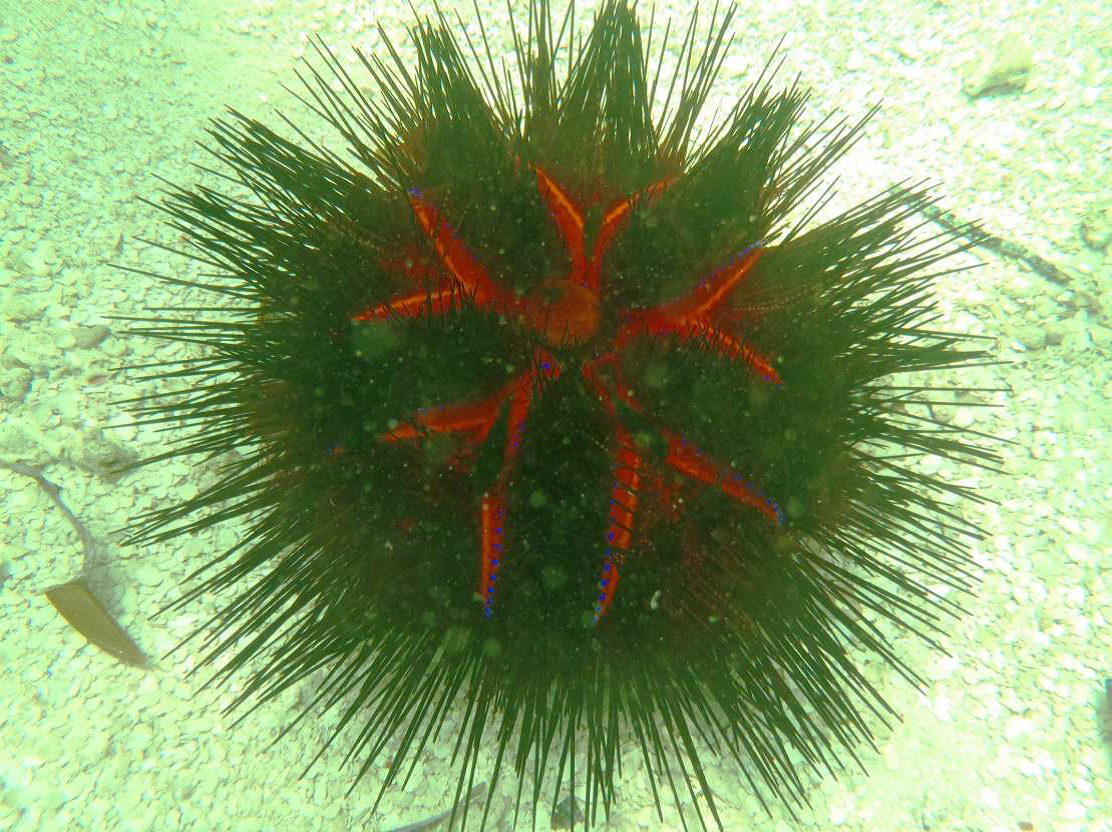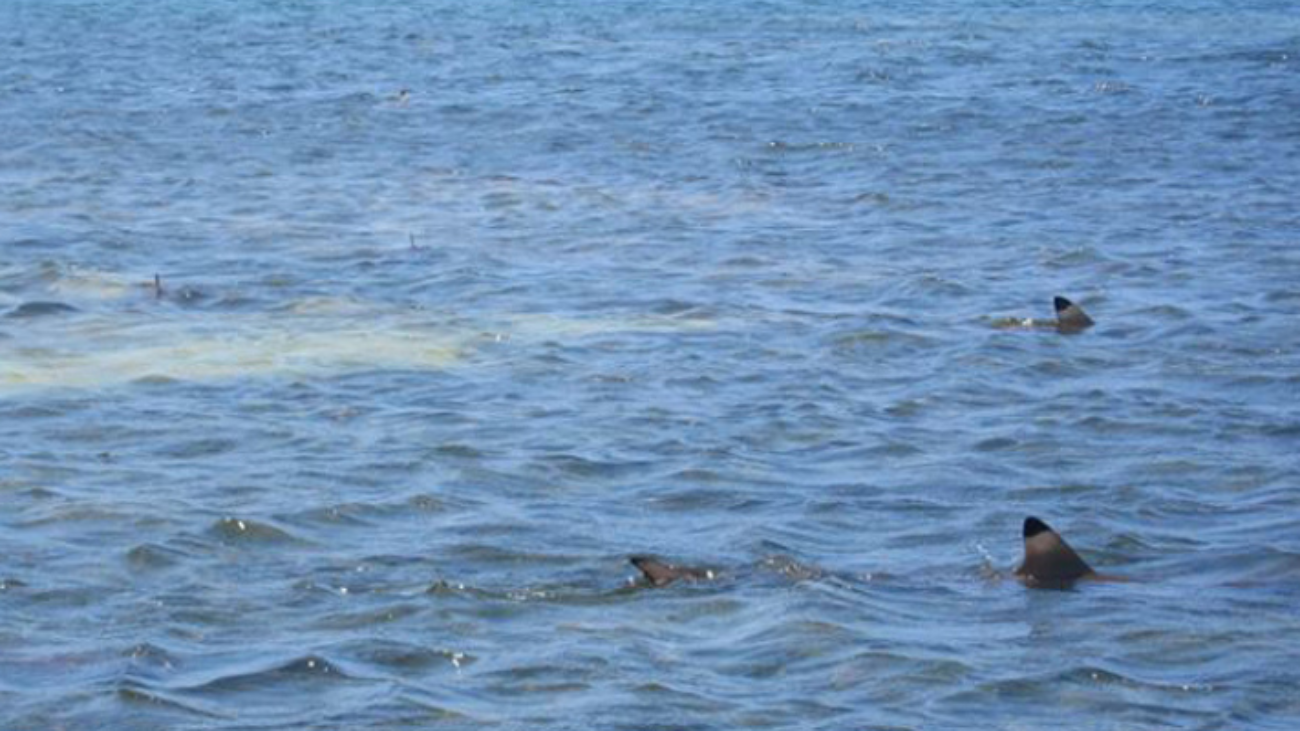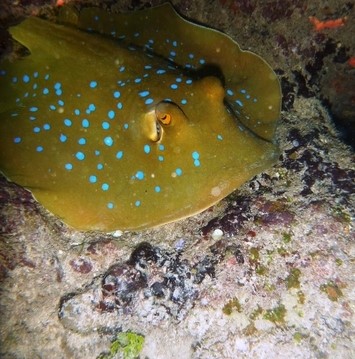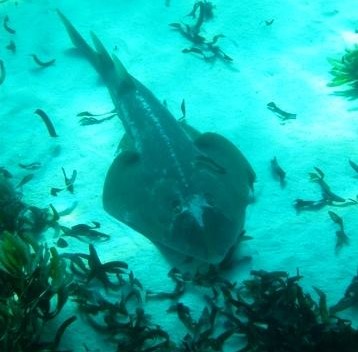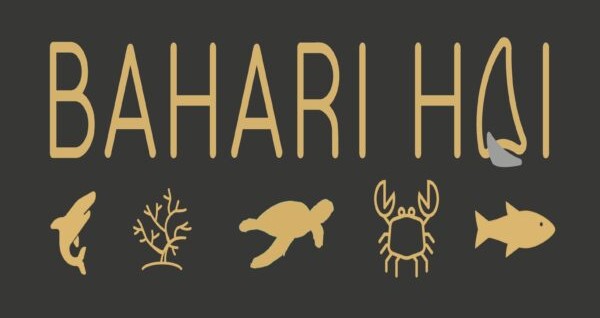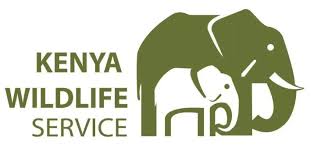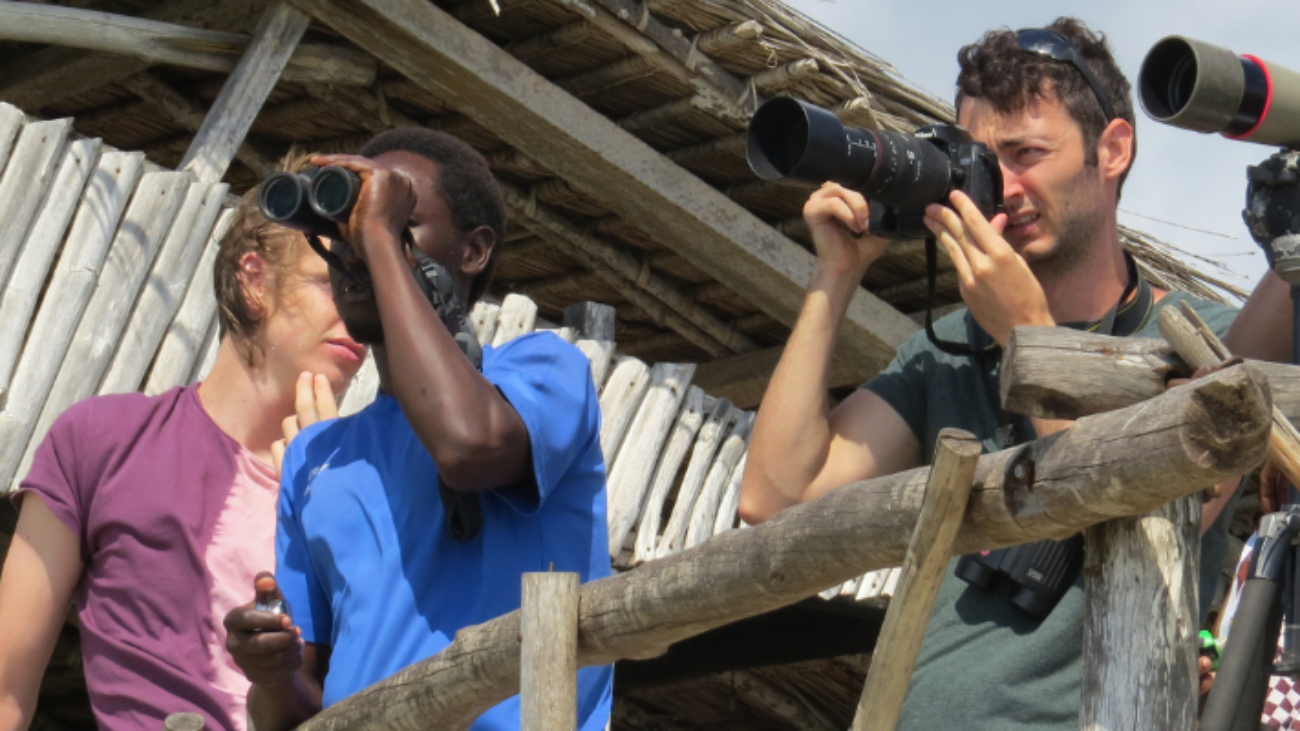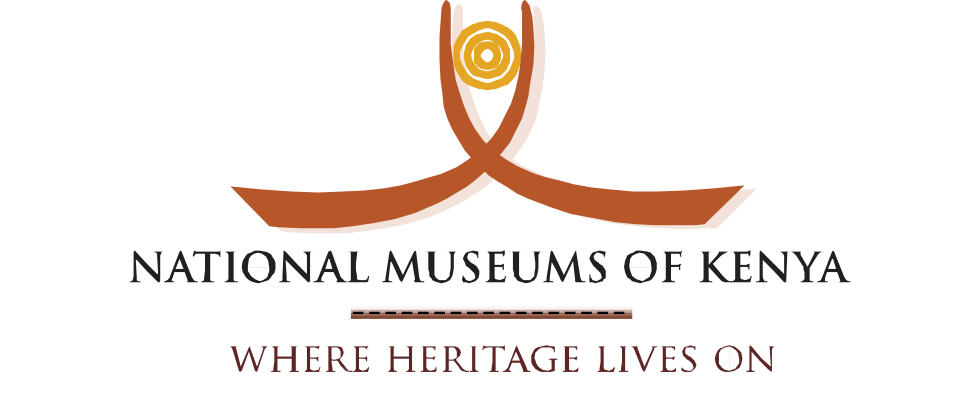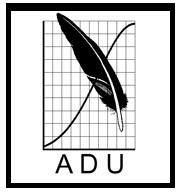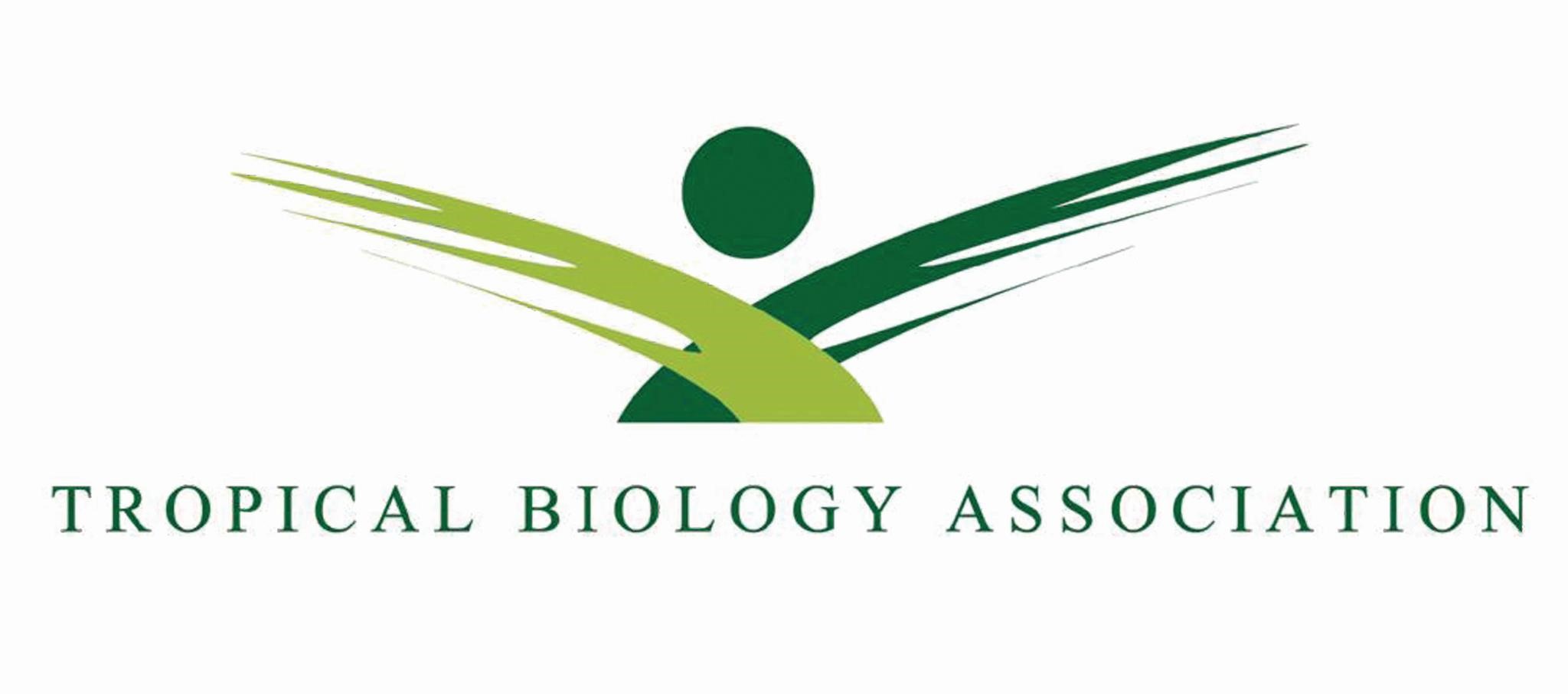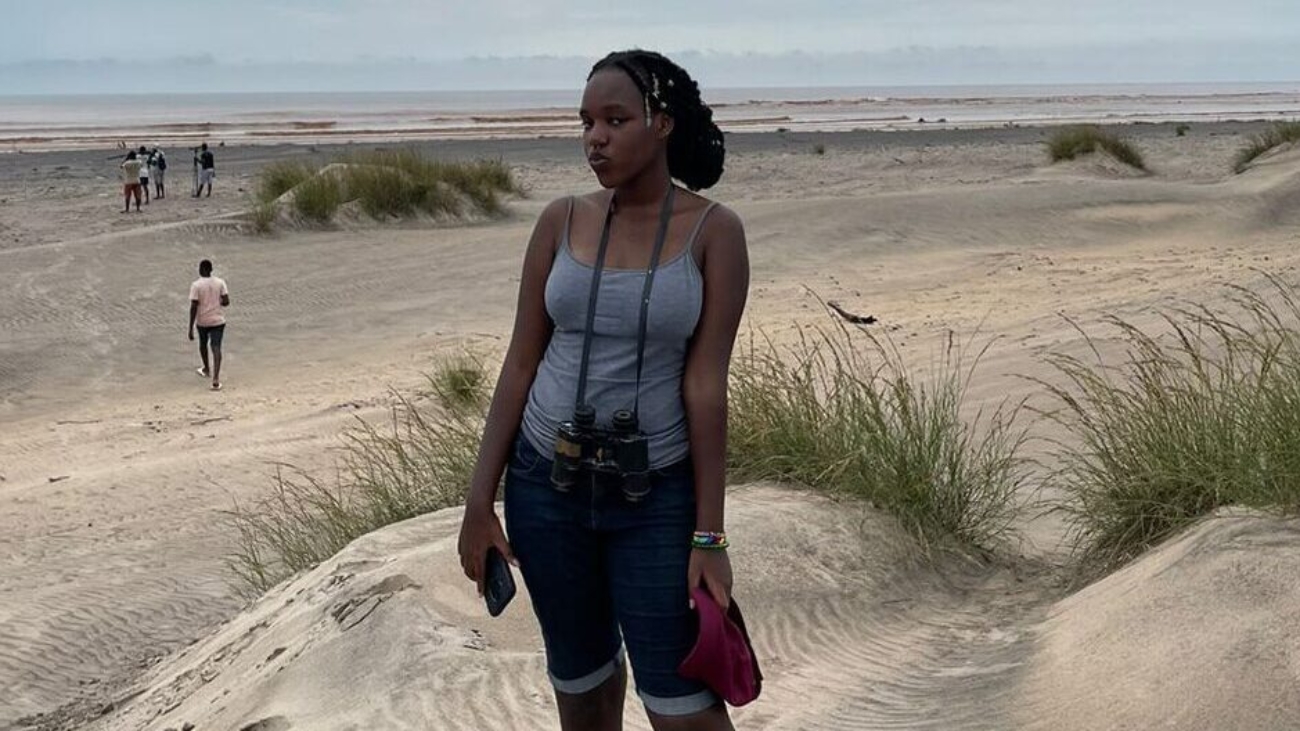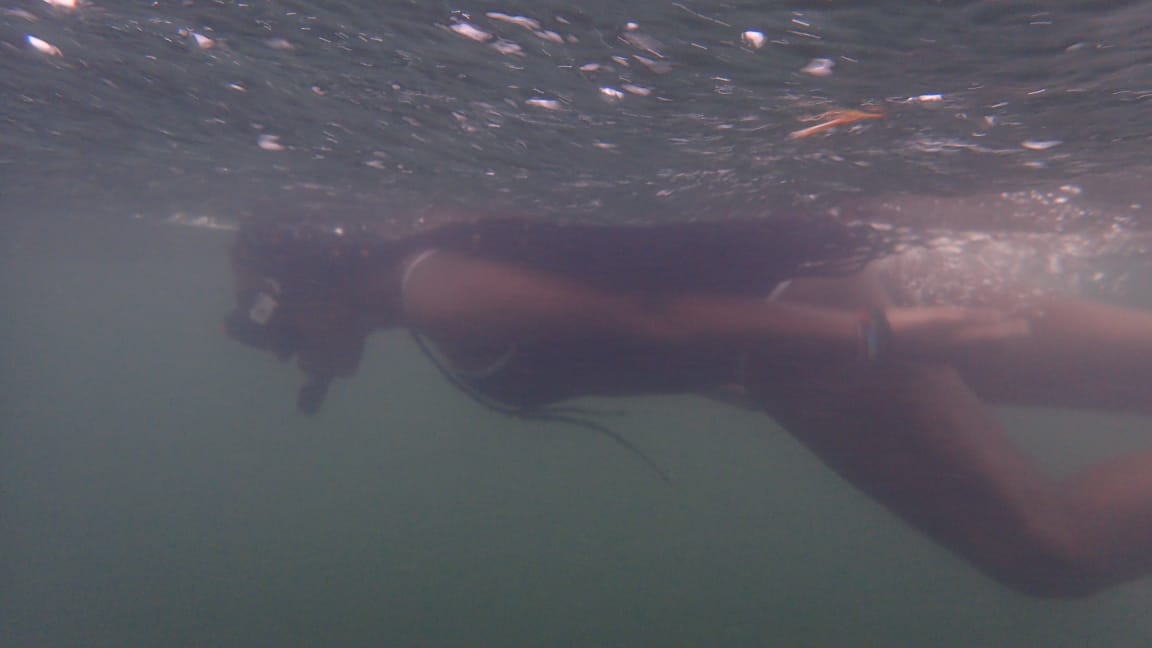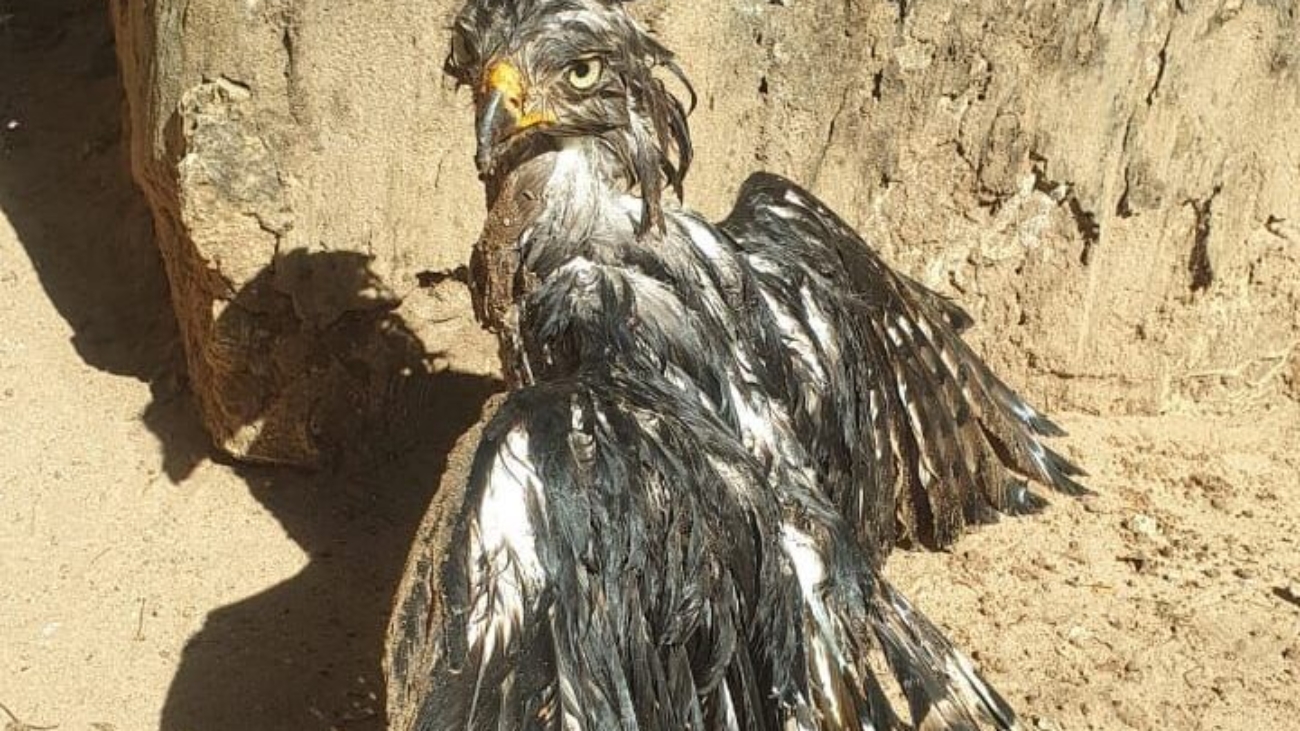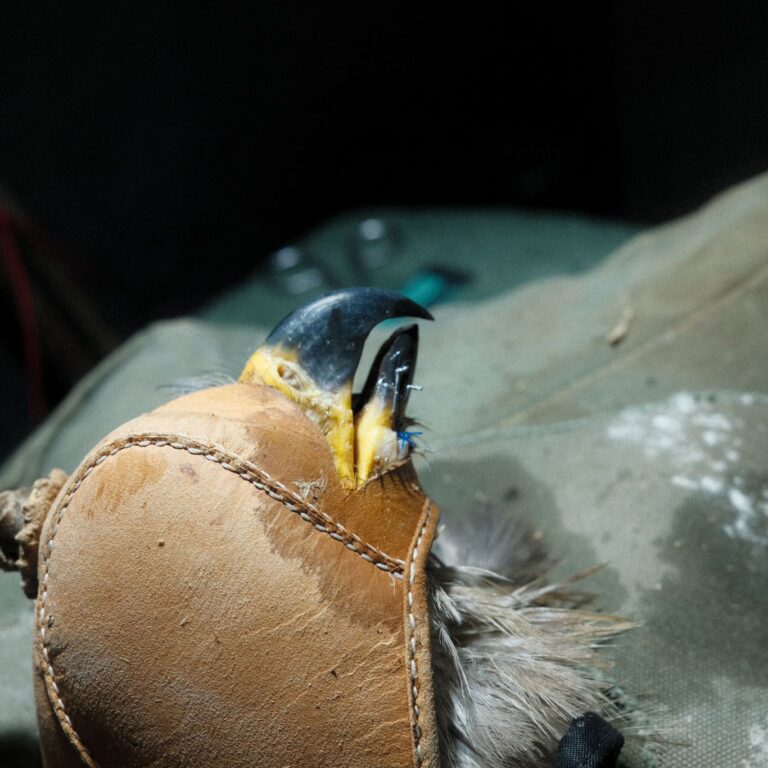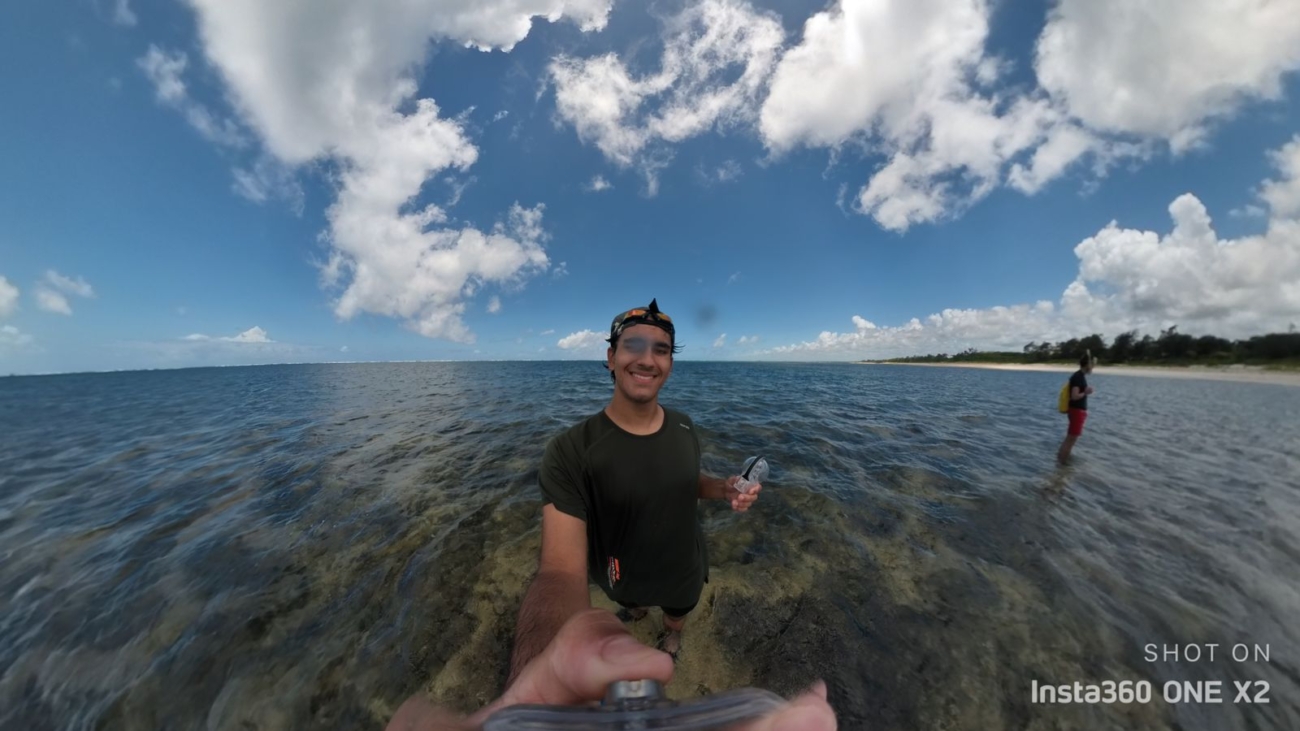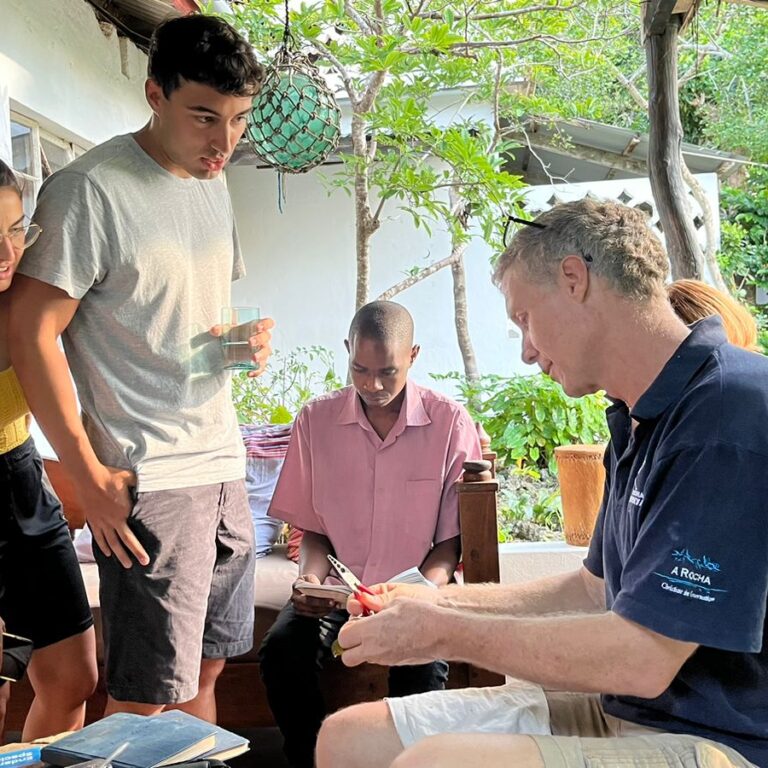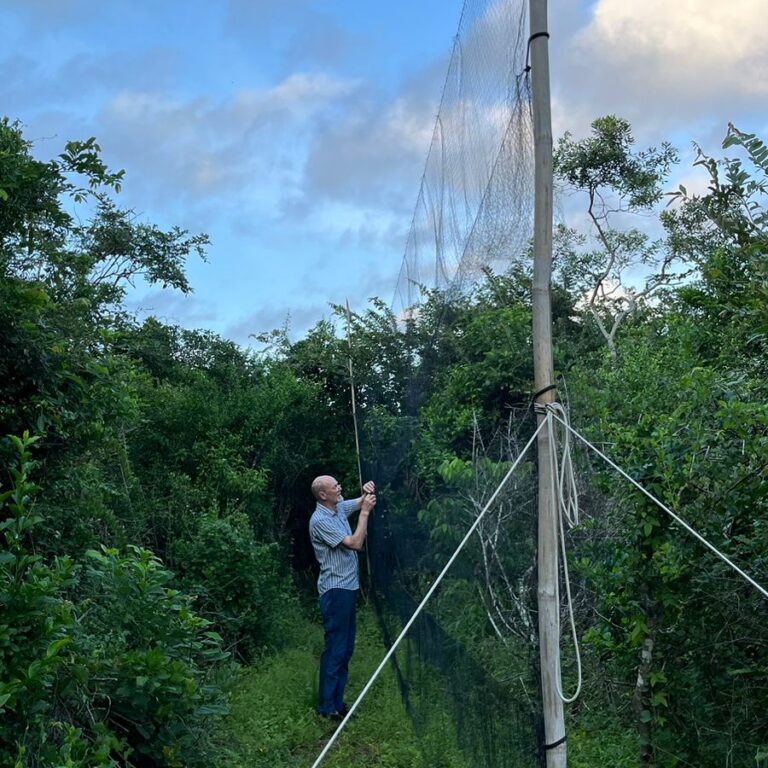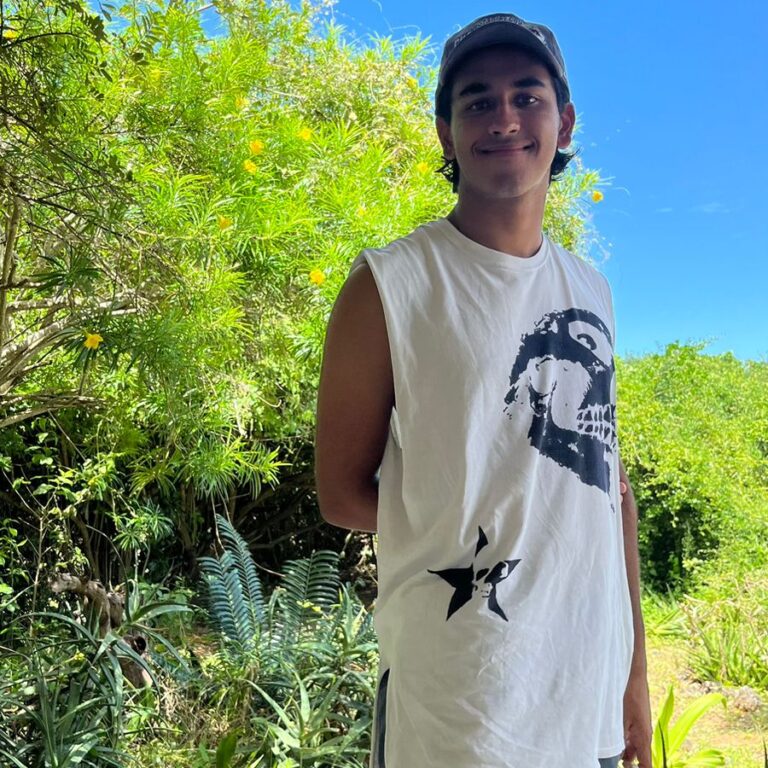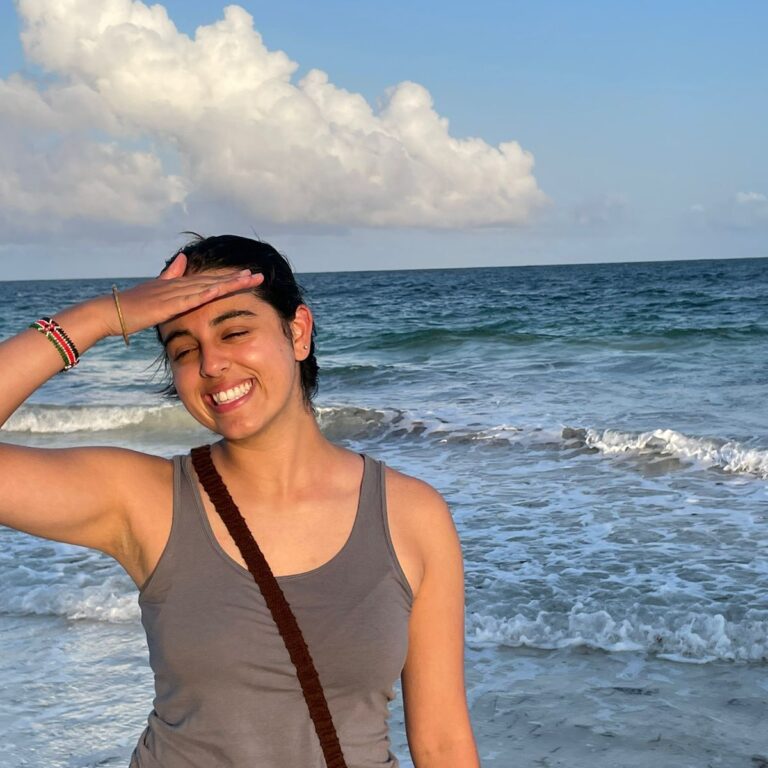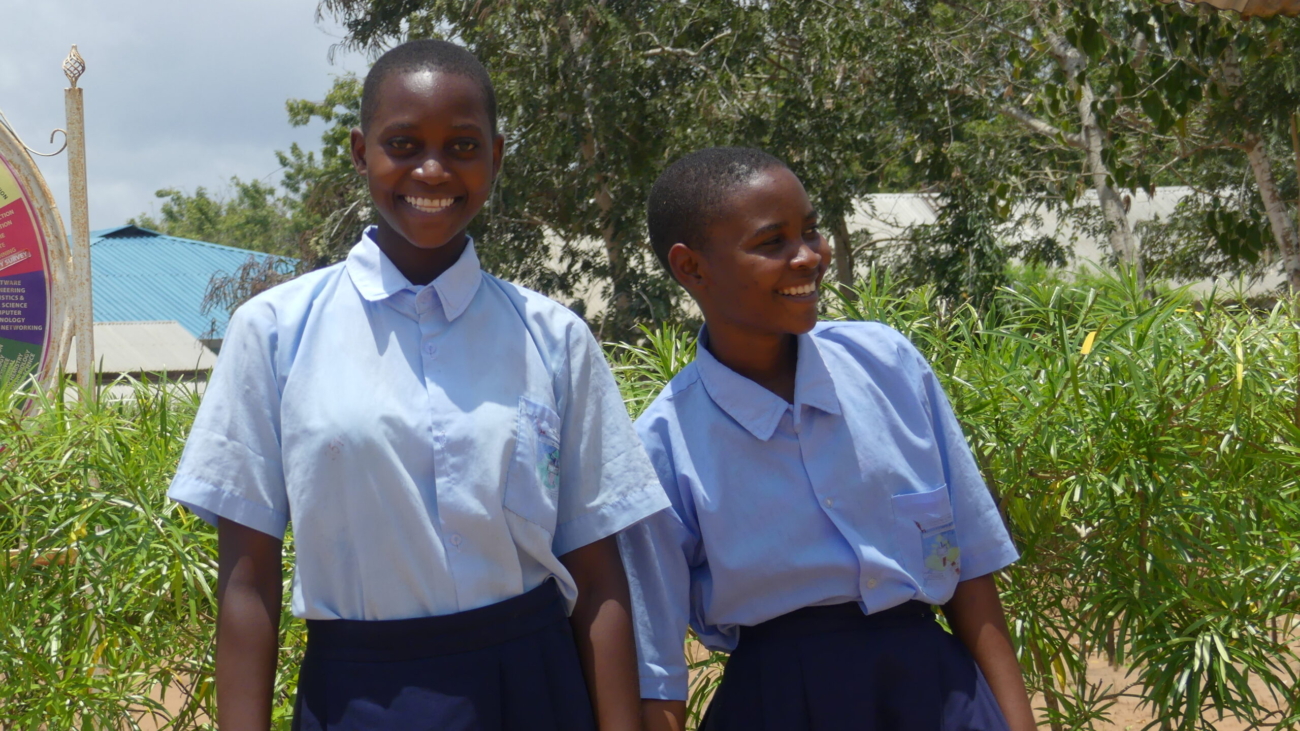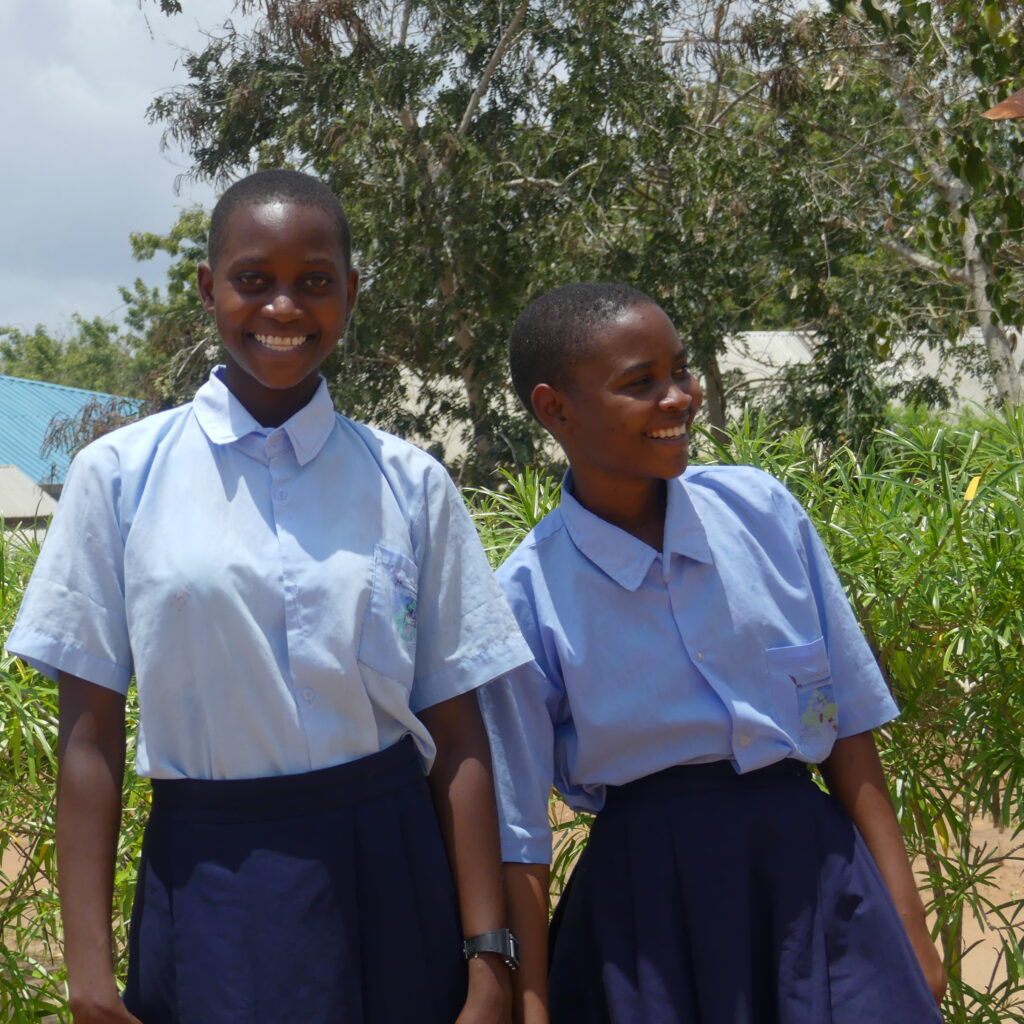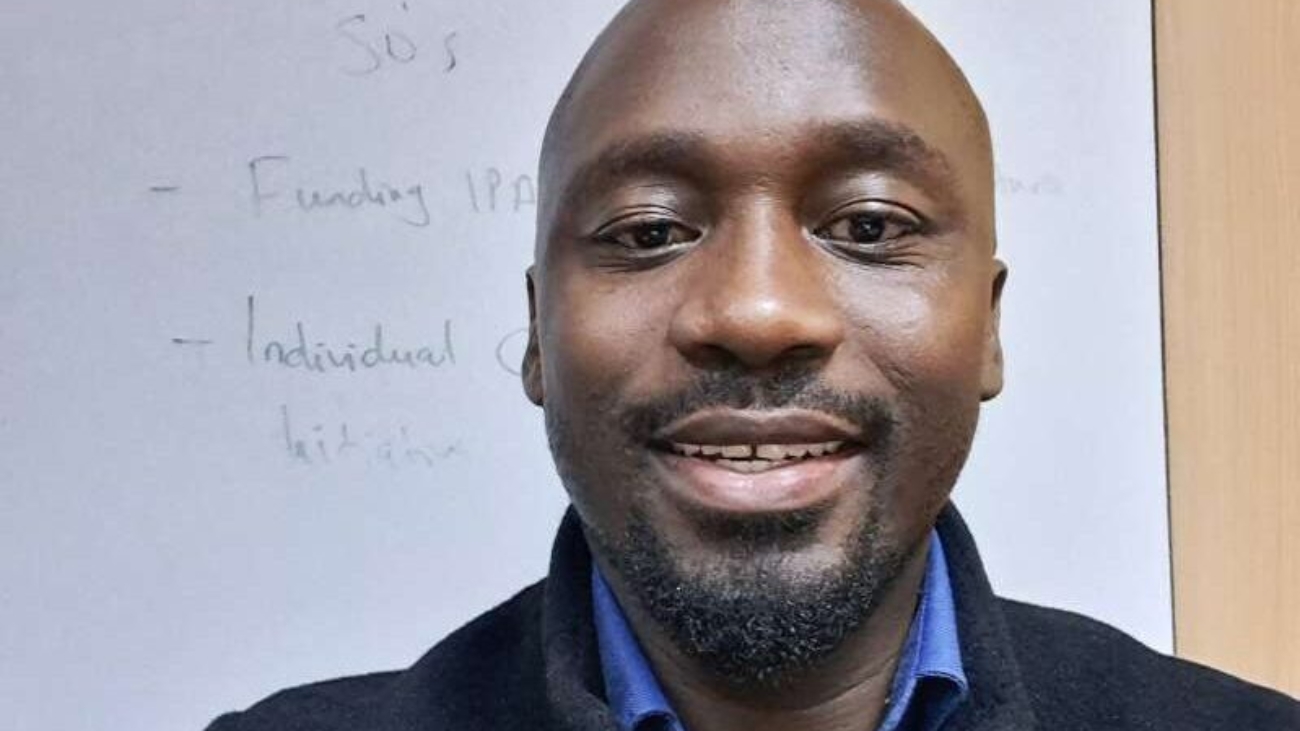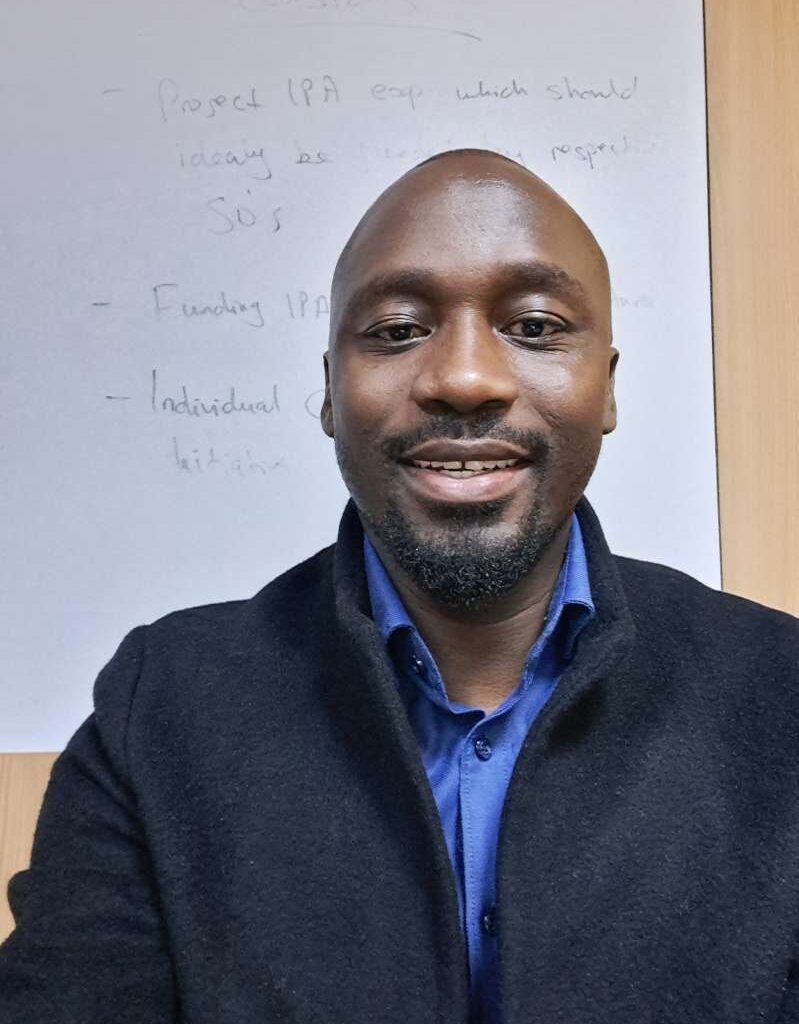Brief history of House Crows in East Africa
The House Crow is indigenous to the Indian sub-continent and was introduced to East Africa first in Zanzibar in 1891. Initially, they were a form of ‘pollution control.’ But by 1917, they were rated as a pest with a bounty awarded to any dead crow or crow egg brought in. The presence of crows later spread to mainland Africa and up to Mombasa where they were first recorded in 1947. From there, they have spread up and down the coast becoming ‘common’ in Malindi in the late 1980s and now crows can be found in all the coastal towns and even inland to towns like Mariakani and beyond.
Crows have become a serious pest in many places in Africa from East London (City in South Africa) to Djibouti in the north. Like so many introduced exotic animals and plants all over the world, they have not just spread, but they have extremely proliferated over the years. For instance, a count in Watamu in July 2023 had over 5,000 crows and the last count in Malindi two years had a record of 20,000 crows. It not only harasses and kill native small birds but also known to spread diseases, damage crops and are a nuisance to hotels and businesses.
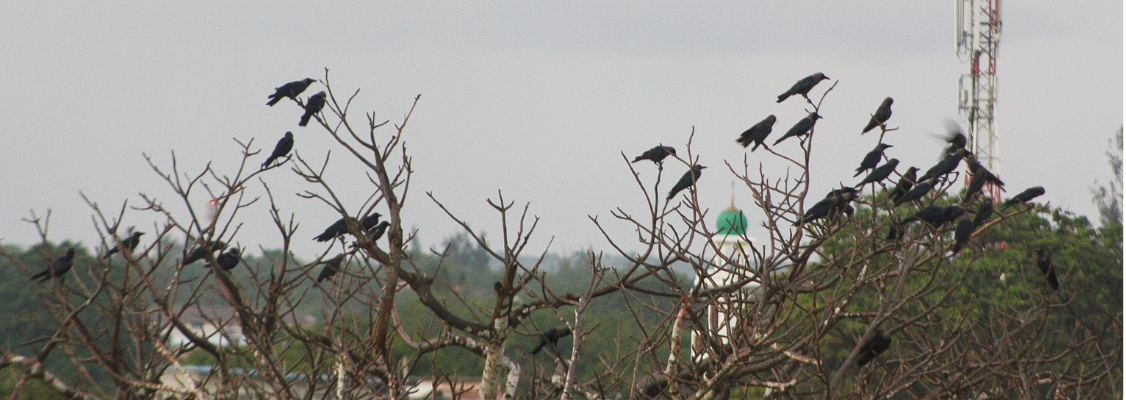
First attempt to control their population
Successful control of the crows was carried out by A Rocha in Watamu and Malindi between 1998 and 2005 using a specific avicide known as Starlicide, which operates over a period of about 10-12 hours. The 10 to 12 hours window gives the crows time to go about their normal business as usual. Usually, they die at the roost sites the night after taking the poison and thus some distance away from where they have fed on the poison. This means the survivors do not associate the death of their fellow crows with a specific site or food. They, therefore, will not be any wiser. Additionally, Starlicide metabolises rapidly and thus a poisoned crow, if found dead, is poison free and can be eaten safely by a scavenger such as a dog or vulture.
Crows are highly intelligent birds. Researchers tell us that they are as good at reasoning as a 7-year-old human. That is why such measures in hiding the poison source.
How it was done
With support from Turtle Bay Beach Club, Driftwood Club, residents, and other hotels within Watamu, we employed a young man who would alternate between 7-8 days in Watamu and 10-12 days in Malindi. He would pre-bait the crows and then poison them and do daily counts. In this way, we had crow numbers as low as five birds in Watamu and 25-30 in Malindi at times. But with a constant influx of crows from Kilifi and Mambrui, there was a constant need to keep poisoning them.
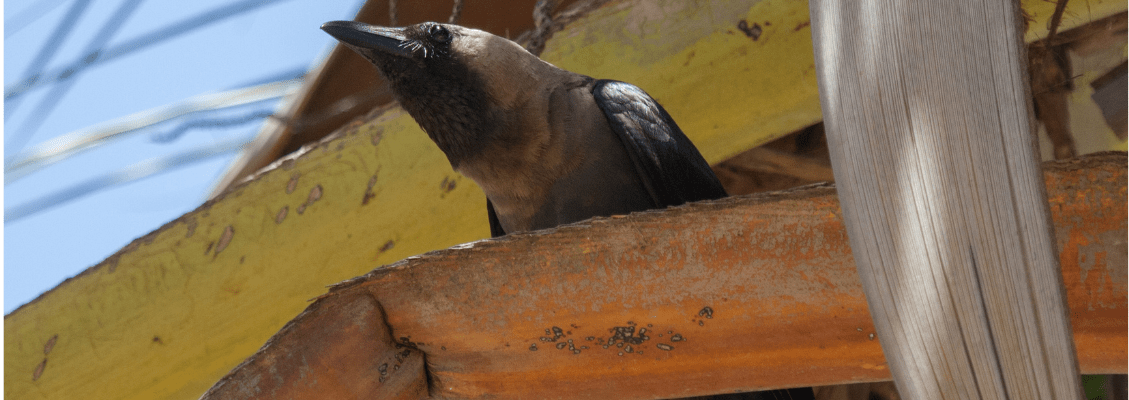
Why it stopped
The programme was halted by government in 2005 due to bureaucracies and to date is still not active. In around 2018 a small business, Little Kenya Gardens directed by Cecilia Ruto, was issued a licence to import Starlicide to carry out efficacy testing as part of the process of getting it formally accepted. A crow control committee was set up by KWS in 2019 and we were given the remit to make crow control happen. However, Little Kenya Gardens had the sole licence for importing the poison and the committee was instructed by the Minister of Tourism at the time that we should work with LKG to carry out efficacy testing of the poison ahead of a full poisoning programme. This effectively removed all authority and responsibility given to the committee to do anything and it fizzled out towards the end of 2021.
2 ½ kg of Starlicide poison was ordered in 2022 by LKG from New Zealand where it is manufactured, and an efficacy test poisoning was carried out on south coast at the end of that year. Reports have yet to be circulated to the Crow Control Committee of that efficacy testing. However, images of dead House Crows were circulated on some social media platforms, but they included images of the indigenous Pied Crows which were killed alongside the House Crow.
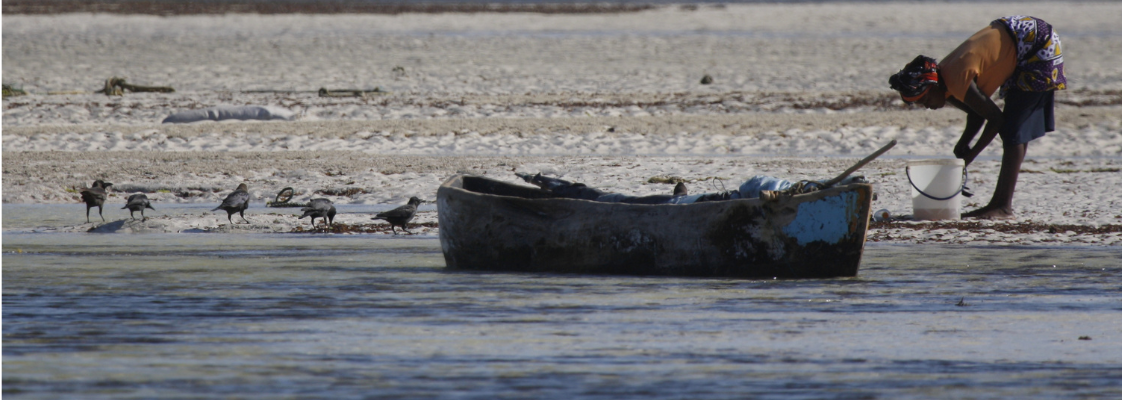
But there is hope!
In July 2023, the new Director General for KWS, Dr Erastus Kanga, visited Watamu with the new KWS Board for a stakeholder meeting at which he confirmed his commitment to eradicating the crows. He was involved in the Crow Control Committee in his role within the Ministry of Tourism and so is fully aware of the challenges the committee faced. He is therefore very well placed to address the issues and get things happening. It is in this context that we would like to reignite the efforts to control the crows.
In the meantime, KWS made a public commitment in Watamu in July 2023 to address the issue. A Rocha is in an excellent position to help KWS achieve this given we have a strong history of accurately using the Starlicide poison to profound effect in Watamu / Malindi prior to it being banned. Colin Jackson, our director, is a member of the national Crow Control Committee set up by KWS 3 years ago to deal with the problem.
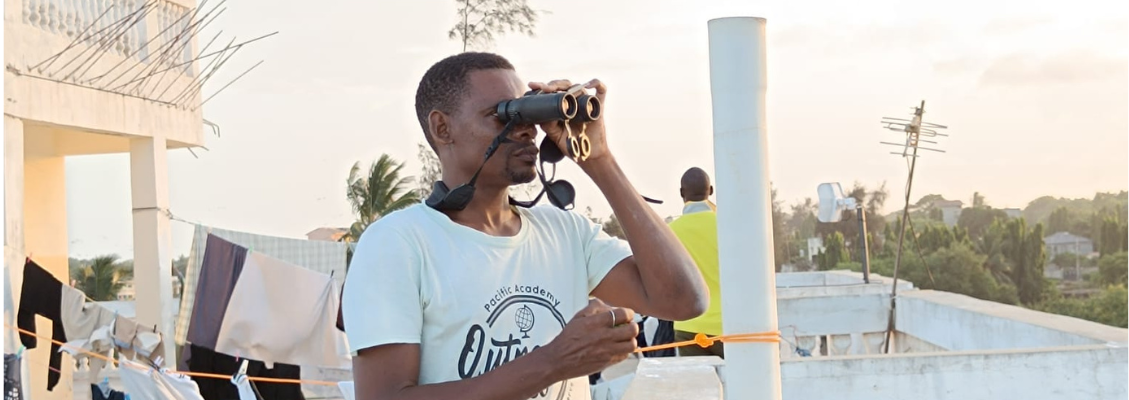
What we are doing at the moment
A Rocha Kenya is keen to make this happen. However, while we hope it will not, it must be stressed that it will take some time to overcome bureaucracy and be able to accurately use the poison. But as we wait for the greenlight to start using the poison, we are collecting data on the crows.
A successful campaign against the crows needs sufficient data, for as they say, numbers never lie. We need to know how many crows are there, where they roost and forage so that when it is time, we can target them most effectively. We need to be able to monitor the crows before, during and after the poisoning takes place to make fully informed decisions and ensure the success of the programme. If we take this approach, we will get the full support of KWS who we are committed to work with on this. That is the only way we will make a real impact.
A Rocha Kenya has taken on a graduate, Eric Kinoti, who is keen to take a lead on the ground for the crow control. He has been employed through A Rocha to focus on the crow control work for Watamu, Malindi and Kilifi. The programme is funded by donations from local hotels; Hemmiways Watamu, Turtle Bay Beach Club, Watamu cottages, Ocean Sports, Medina palms and Temple Point. We hope to secure more funding and donations from the anyone willing to support this project as it could be long term with constant monitoring of the crow populations with time and purchasing of Starlicide that is extremely expensive. A kilo of Starlicide costs about $ 3700 a kilo.
So far, we have managed to carry out two crow counts in 2024. The first one was in Watamu and the second one in Malindi.
